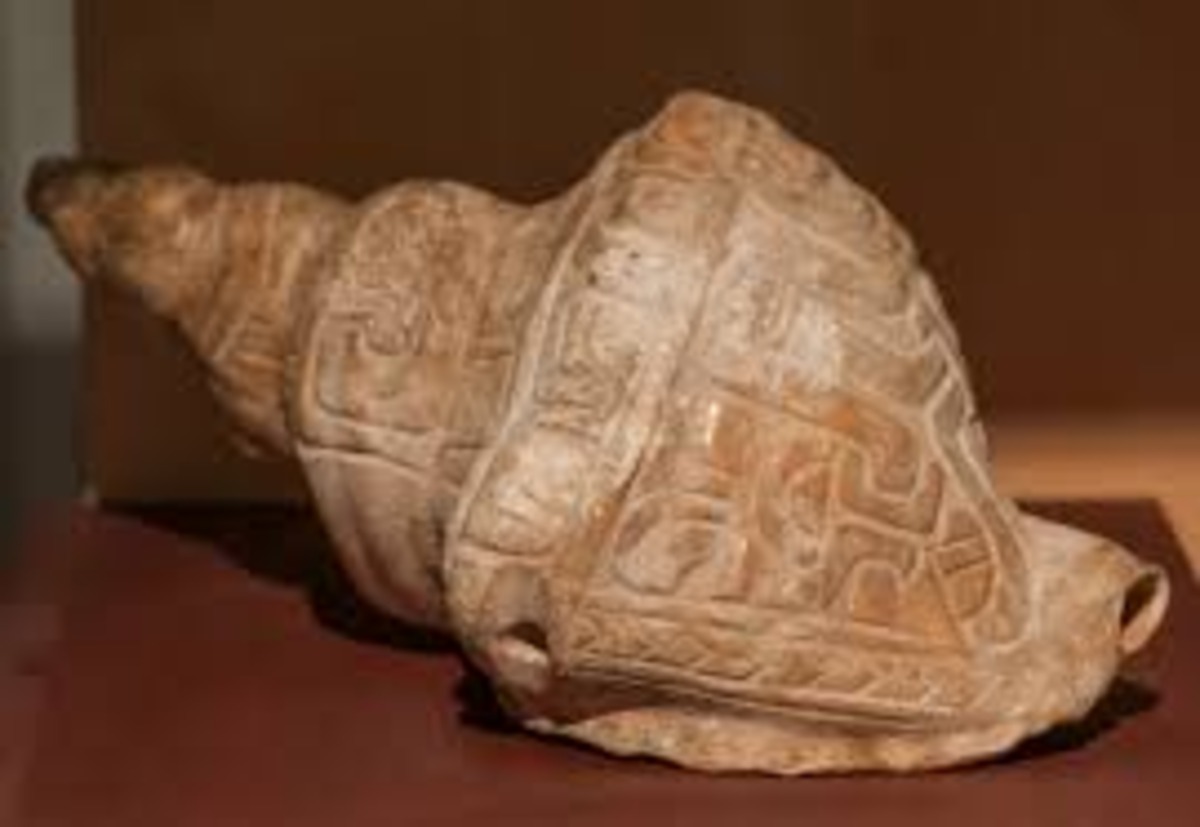Introduction
In the heart of Michoacán, Mexico, lies the ancient site of Opeño, a necropolis that has captured the attention of archaeologists and historians alike. This archaeological treasure offers a glimpse into the early civilizations of Mesoamerica, revealing a complex society with rich traditions and sophisticated burial practices. The significance of this extends beyond its ancient tombs, shedding light on the cultural and spiritual life of the region’s early inhabitants.
The Discovery of Opeño
Opeño was first discovered in the early 20th century, drawing interest for its unique funerary architecture and artifacts. The site consists of a series of tombs carved into the hillside, each intricately designed and filled with offerings. These tombs date back to the Late Preclassic period (around 1500 BCE to 200 CE), making this one of the oldest known necropolises in Mesoamerica.
Architectural and Cultural Insights
The architecture of this tombs is a testament to the ingenuity of its builders. The tombs are typically rectangular or oval in shape, with stone-lined walls and ceilings. The interiors often contain niches where offerings, such as ceramics, figurines, and tools, were placed alongside the deceased. These items reflect the daily life, beliefs, and artistic expressions of the people who once thrived in this region.
The discovery of elaborate pottery and intricate figurines suggests a society with advanced artistic skills and a deep reverence for the afterlife. The figurines, often depicting deities or ancestral spirits, indicate a complex belief system centered around death and rebirth. This focus on the afterlife is further evidenced by the care and attention given to the burial process, highlighting the cultural importance of honoring the dead.
Opeño’s Role in Mesoamerican History
Opeño plays a crucial role in understanding the development of early Mesoamerican civilizations. The site provides valuable insights into the Tarascan culture, which later became one of the dominant civilizations in the region. The Tarascans, known for their resistance against the Aztec Empire, likely drew on the traditions and practices of their ancestors, as evidenced by the continuity of burial customs and religious beliefs.
The artifacts and architectural features of this also offer a comparative perspective on other Mesoamerican cultures, such as the Olmec and Zapotec. By studying these connections, researchers can better understand the cultural exchanges and influences that shaped the region’s history.
The Preservation and Study of Opeño
Despite its significance, Opeño remains relatively obscure compared to other Mesoamerican sites like Teotihuacan or Chichen Itza. However, ongoing efforts by archaeologists and historians aim to preserve and study the site, ensuring that its cultural legacy is not lost to time. Through careful excavation and documentation, researchers continue to uncover new aspects of Opeño’s past, contributing to a broader understanding of ancient Mexico.this in the Context of Modern Archaeology
The study of this is not just about understanding the past; it also has implications for modern archaeology and the preservation of cultural heritage. The methods used in excavating and analyzing the site have evolved over the years, incorporating new technologies like ground-penetrating radar and 3D modeling. These advancements have allowed archaeologists to explore the site with greater precision, uncovering details that were previously hidden or misunderstood.
Furthermore, this serves as a case study in the challenges of preserving ancient sites in the face of environmental and human threats. The site, like many others in Mexico, is vulnerable to erosion, looting, and urban encroachment. Preservation efforts must balance the need for research with the imperative to protect the site for future generations.
Cultural Significance and Community Engagement
Opeño is more than just an archaeological site; it is a cultural touchstone for the local community. The people of Michoacán, particularly the descendants of the Purépecha (Tarascan) culture, view the site as a vital link to their heritage. Community engagement and education are crucial in preserving the site’s legacy and fostering a sense of ownership among local populations.
Initiatives that involve the community in the preservation and interpretation of Opeño have been successful in promoting cultural pride and awareness. Local schools, for example, incorporate the history of Opeño into their curriculum, ensuring that the younger generation understands the importance of the site. Festivals and cultural events also celebrate Opeño’s history, drawing tourists and scholars alike to the region.
Opeño’s Influence on Mesoamerican Research
Opeño has had a profound impact on the study of Mesoamerican cultures. The artifacts and burial practices discovered at the site have influenced theories about the social and political organization of early Mesoamerican societies. Researchers have used findings from Opeño to explore themes such as social stratification, trade networks, and the role of religion in ancient communities.
The site has also contributed to the broader understanding of how Mesoamerican civilizations interacted with one another. By comparing Opeño with other contemporary sites, archaeologists can trace the diffusion of cultural practices across the region, providing insights into the complex web of relationships that defined ancient Mesoamerica.
Future Directions in Opeño Research
As technology continues to advance, new opportunities for research at Opeño will emerge. Non-invasive techniques, such as LiDAR (Light Detection and Ranging) and isotope analysis, could reveal more about the site’s layout, the health and diet of its inhabitants, and their trade relationships with other regions. Collaborative projects that bring together international teams of archaeologists, historians, and scientists will be crucial in unlocking these new discoveries.
Moreover, interdisciplinary approaches that combine archaeology with fields like anthropology, art history, and environmental science will provide a more holistic understanding of Opeño. Such research could help answer lingering questions about the site’s origins, its place within the broader Mesoamerican world, and the reasons for its eventual decline.
Conclusion
Opeño stands as a testament to the rich cultural heritage of Michoacán and the early civilizations of Mesoamerica. Its ancient tombs and artifacts offer a unique window into the spiritual and cultural life of the region’s early inhabitants. As research continues, Opeño will undoubtedly provide further insights into the complex tapestry of Mesoamerican history, ensuring that the legacy of this ancient necropolis endures for generations to come.










